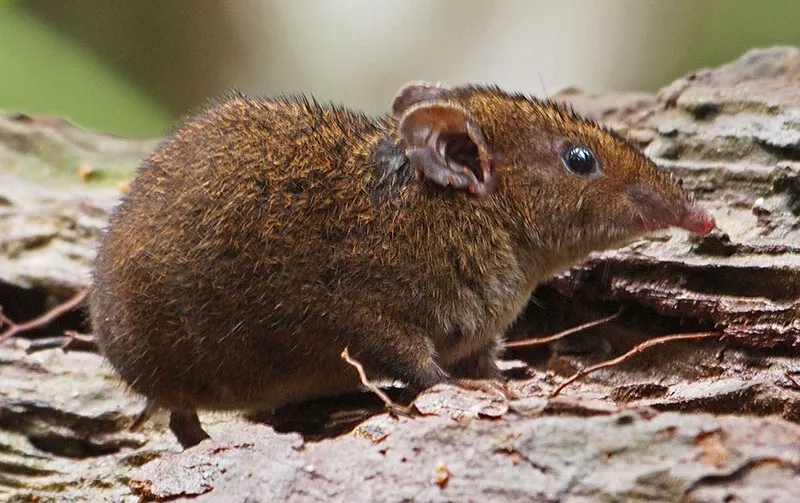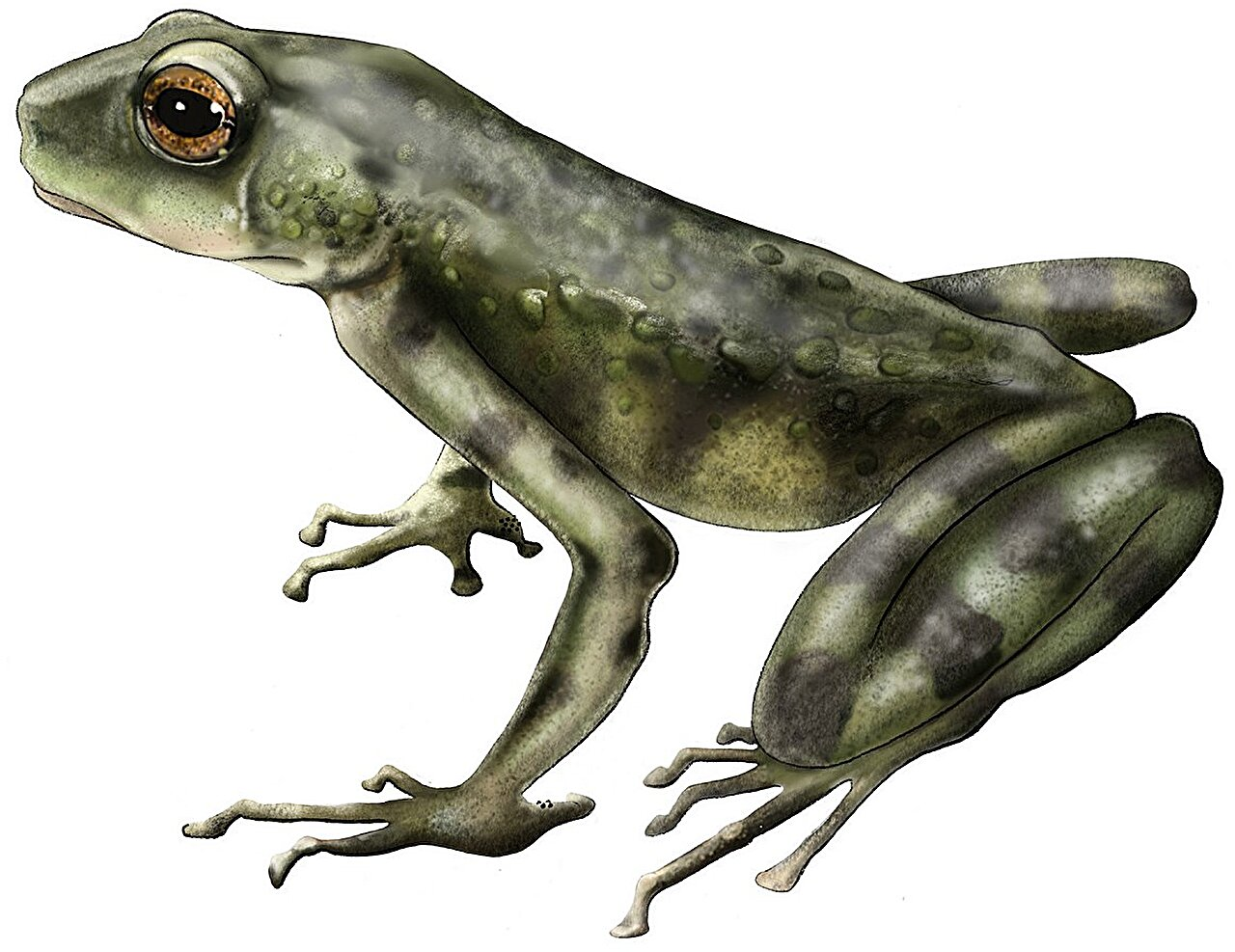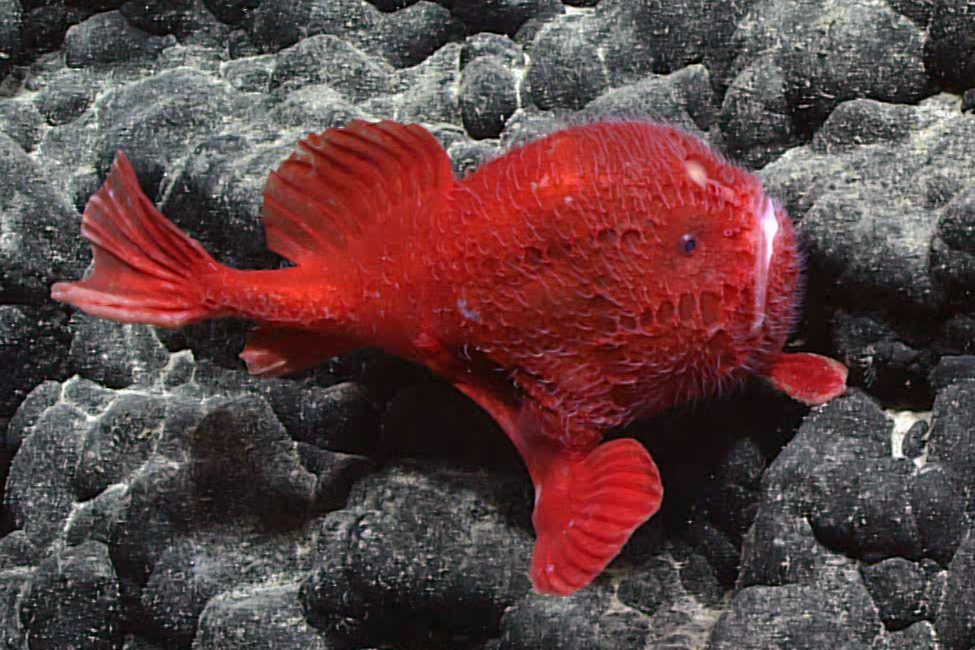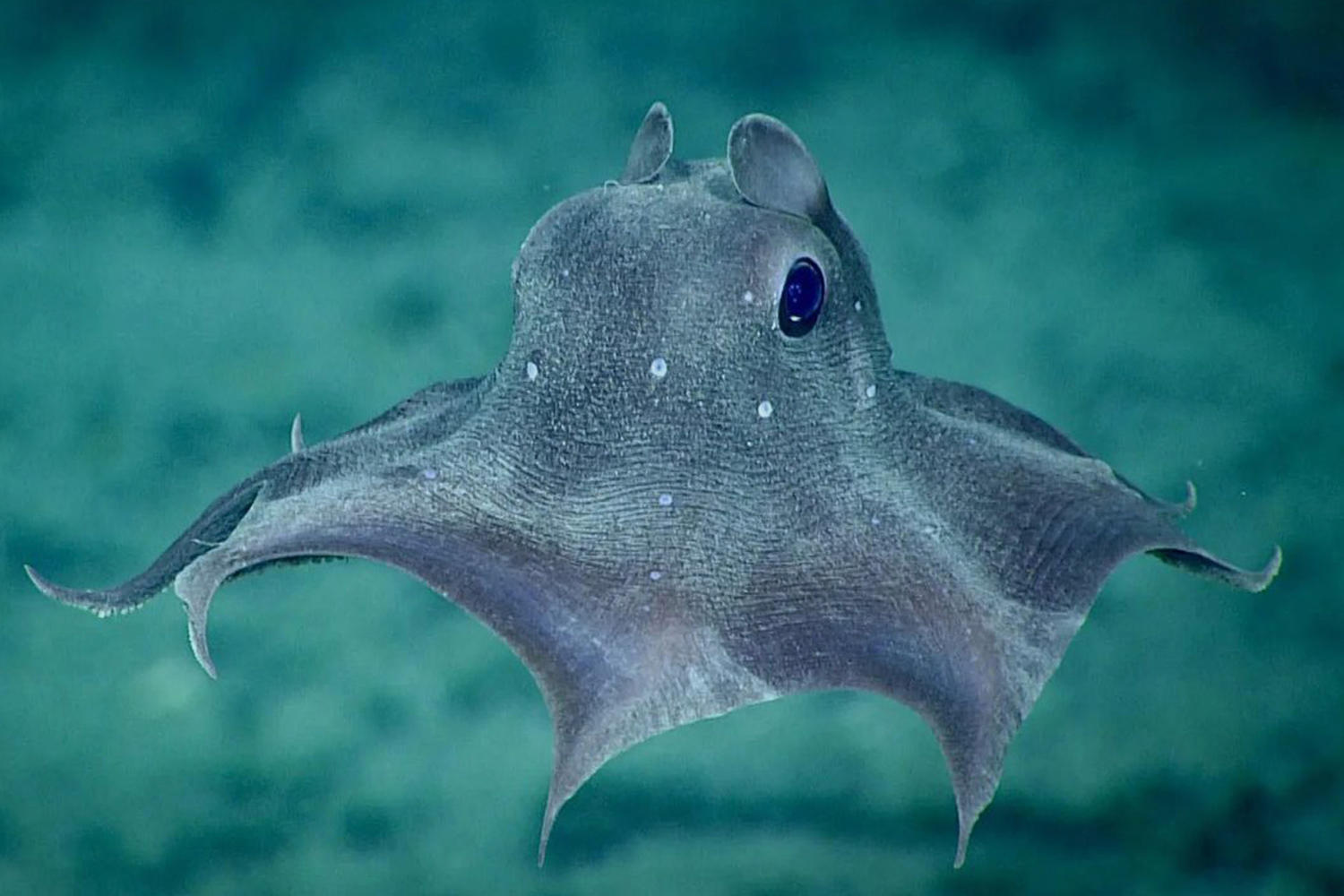The newest additions to science
For centuries, humankind has sought to unlock the mysteries of the planet. Yet, despite years and years of research and exploration, there is still so much we don't know. That's why every new scientific discovery is so meaningful—they serve as humbling reminders that no matter how advanced our society is, we still have a long way to go before we have all the answers. Here are some of the incredible new species discovered in the past year.

Kulinas' tamarin
How it was discovered
Nowadays, it's rare to find an unidentified primate, so when it does happen, it's a pretty big deal. In 2023, a group of scientists conducted a study on some South American mustached tamarins in the Amazon Rainforest. They found that there was a notable size difference between one group of tamarins that lived on one side of the Juruá River, compared to another group of tamarins that lived on the other side. DNA testing confirmed that the group of smaller primates was indeed a new species, and they named it the Kulinas' tamarin after the native Kulina people who inhabit the area.
Kulinas' tamarin (continued)
Facts about the Kulinas' tamarin
The Kulinas' tamarin is a small, one-pound primate that lives specifically between the Juruá and Tefé rivers. They devote most of their days gathering fruit or hunting small prey high up in the trees, and their long tails help them keep their balance as they traverse the treetops.
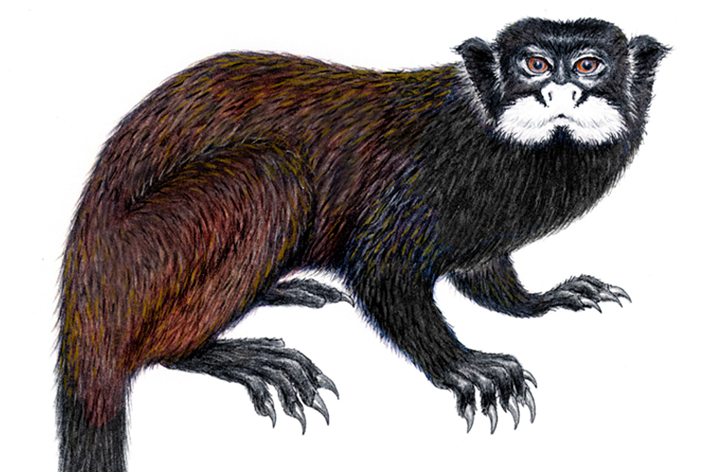 Stephen D. Nash in Lopes | Wikimedia Commons
Stephen D. Nash in Lopes | Wikimedia Commons
DiCaprio’s snail-eating snake
How it was discovered
In 2023, biologists Alejandro Arteaga and Abel Batista came across a red-eyed snake with prominent brown and white stripes in the Panama jungle. The two analyzed over 300 sequences of snake DNA and concluded that it was genetically distinct enough to be identified as a new species.
 Arteaga, A., Batista, A. | Zookeys (CC BY 4.0)
Arteaga, A., Batista, A. | Zookeys (CC BY 4.0)
DiCaprio’s snail-eating snake (continued)
Facts about DiCaprio's snail-eating snake
DiCaprio's snail-eating snake was named after the Hollywood actor in honor of his work and dedication to environmental causes. Found in the tropics of Panama, Ecuador, and Colombia, these non-venomous snakes depend highly on wet environments to survive, as snails and slugs are typically abundant in such. Unforunately, despite only being recently discovered, deforestation and mining have pushed this species to near extinction.
Squat lobster
How it was discovered
The squat lobster was discovered during a deep sea sampling event via Alvin, the submersible vehicle that was also used to explore the Titanic. In the pitch black abyss almost 22,000 feet below the surface, scientists came across an odd looking lobster and proceeded to capture some for further study. They named the creatures squat lobsters in reference to their tucked tails.
Squat lobster (continued)
Facts about the squat lobster
Squat lobsters are a close relative of hermit crabs, based on the genetic testing conducted by the researchers. They are deep-sea dwellers, often staying near hydrothermal vents, cold-water reefs, or sunken whale carcasses.
Eastern Mindanao gymnure
How it was discovered
Most of the mammals on Earth have been found and examined, but some still remain undiscovered. It wasn't until 2023 when a new species of gymnure was identified—scientists were exploring a remote rainforest just outside eastern Mindanao in the Philippines when they came across the new critter.
Eastern Mindanao gymnure (continued)
Facts about the Eastern Mindanao gymnure
The Eastern Mindanao gymnure is a close relative of hedgehogs. They have a distinctively extended snout that they use to scour the floor of the forest for insects, earthworms, and other small creatures. A new feature of species of gymnure, which lives exclusively on Mount Kampalili and Mount Hamiguitan, is its beautiful golden streaks.

Kamaitachi
How it was discovered
During a sample collection that occurred about one kilometer off the eastern coast of the Miyagi Prefecture in Japan, scientists found a new crustacean. Due to its eerie appearance, they named it kamaitachi afther the legenary Japanese ghosts that look like weasels holding sickles.
 Matsumoto Y., Kajihara, H., Kakua, K. | Zootaxa
Matsumoto Y., Kajihara, H., Kakua, K. | Zootaxa
Kamaitachi (continued)
Facts about the Kamaitachi
The kamaitachi is only half a centimeter long. It's closely related to a sandhopper, consisting of a pair of giant claws that it uses to process its food before eating it as well as to catch mates. Scientists found that it was distinct enough to be assigned a new genus.
 Matsumoto Y., Kajihara, H., Kakua, K. | Zootaxa
Matsumoto Y., Kajihara, H., Kakua, K. | Zootaxa
Whiplash squid
How it was discovered
It's believed that there are still many species of squid that are undiscovered, especially in the deep sea where exploration is challenging. During one underwater expeidition off the coast of Chile, Dr. Javier Sellanes used a submersible and found this never-before-seen squid at a depth of 1,105 meters below sea level.
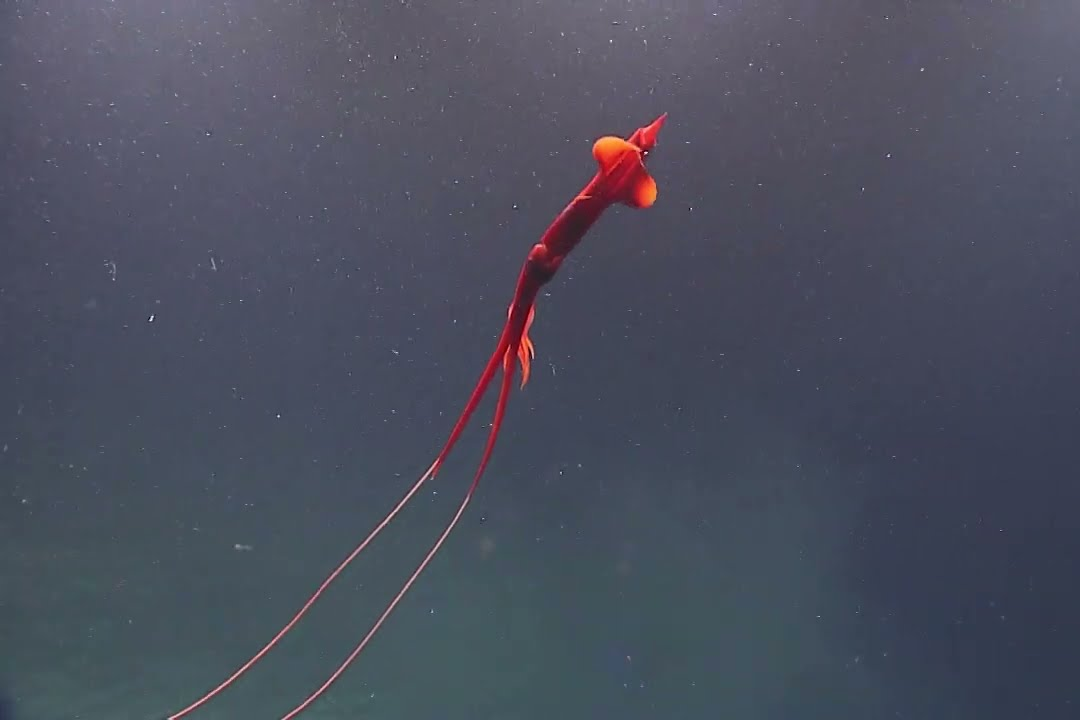 NOAA Ocean Exploration | YouTube
NOAA Ocean Exploration | YouTube
Whiplash squid (continued)
Facts about the Whiplash squid
The whiplash squid is a gelatinous cephalopod of the deep sea that boasts a bright pink or reddish color and has distinctively large fins and long, thin tentacles. Found in both tropical and polar regions, it lurks the ocean floor, waiting for prety to swim by and get trapped on its very sticky tentacles.
Lady Elliot goby
How it was discovered
The Lady Elliot goby was discovered in the Great Barrier Reef, just off of Queensland. According to biologist Christine Dudgeon, it was a rather unexpected find because it had gone undetected for so long despite living in the shallows of the reef, completely in plain sight. When researchers first came across them, they they thought they were just a grouop of shrimp gobies—but they turned out to be an entirely new species.
 M.V. Erdmann | Journal of the Ocean Science Foundation
M.V. Erdmann | Journal of the Ocean Science Foundation
Lady Elliot goby (continued)
Facts about the Lady Elliot goby
The Lady Elliot goby was named after the cay where it was found.This fish measures around 5 cm long and has a spotted, slender body with a uniquely shaped dorsal fin. They were observed sharing a burrow with snapping shrimp, another reef species.
 M.V. Erdmann | Journal of the Ocean Science Foundation
M.V. Erdmann | Journal of the Ocean Science Foundation
Ophelia's mushroom
How it was discovered
Microbiologist Breyton Van der Merwe never expected to discover a new species of mushroom. But during one leisurely stroll through a temperate forest in South Africa, he noticed a bizarre-looking mushroom that was never documented before. It would later end up being only the second type of fungus from the genus Hericium to exist.
 B Van der Merwe, P. Herrmann, K. Jacobs | Mycology
B Van der Merwe, P. Herrmann, K. Jacobs | Mycology
Ophelia's mushroom (continued)
Facts about Ophelia's mushroom
Ophelia's mushroom was named after the character in Shakespeare's "Hamlet" who was described in a French poem with lines such as "long veils," "beautiful as snow," and "white phantom." The mushroom was found to only grow on decaying hardwood species, particularly those in the Knysa-Amatole forests in South Africa.
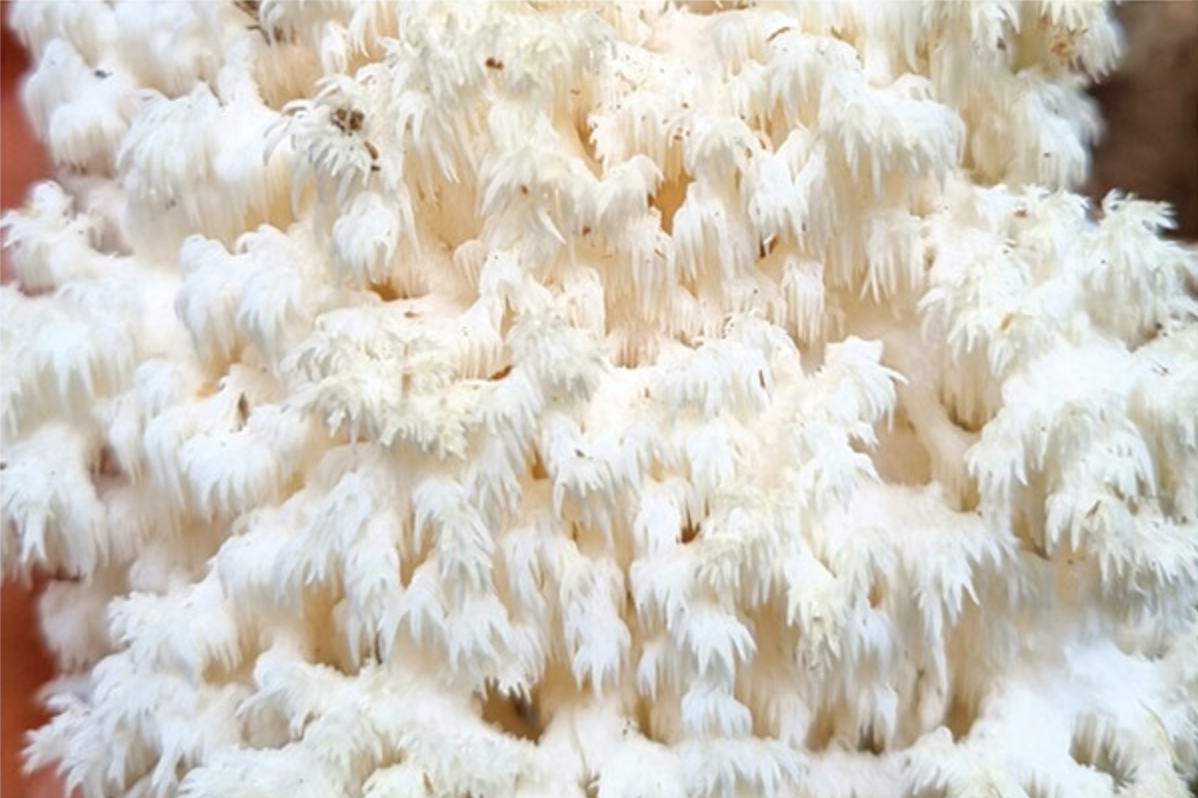 B Van der Merwe, P. Herrmann, K. Jacobs | Mycology
B Van der Merwe, P. Herrmann, K. Jacobs | Mycology
Ridged-egg catshark
How it was discovered
The existence of an undocumented species of demon catshark living somewhere off the coast of western Australia was always suspected, but such was only confirmed in 2023. Scientists performed surgery on a pregnant specimen and found a ridged egg case matching two that were previously found back in 1989 and 2011. After further analysis, they determined all three to be from a new species of demon catshark, which they named after the ridged eggs.
 William White (CSIRO) | Journal of Fish Biology
William White (CSIRO) | Journal of Fish Biology
Ridged-egg catshark (continued)
Facts about the ridged-egg catshark
The ridged-egg catshark has glowing white eyes, which is a fitting feature for a demon catshark. It is found in depths over 670 meters and lays its eggs in the deepwater corals.
 William White (CSIRO) | Journal of Fish Biology
William White (CSIRO) | Journal of Fish Biology
Jacó eelpout
How it was discovered
The discovery of the Jacó eelpout was the result of several expeditions in the area made by marine biologists at UC San Diego's Scripps Institution of Oceanography. They came across it specifically while exploring the hydrothermal vents on the ocean floor.
 Benjamin W. Frable, Charlotte A. Seid, Allison W. Bronson, Peter Rask Moller | Zootaxa
Benjamin W. Frable, Charlotte A. Seid, Allison W. Bronson, Peter Rask Moller | Zootaxa
Jacó eelpout (continued)
Facts about the Jacó eelpout
The Jacó eelpout is a pink or lavender eel-like fish that measures around six inches long and has been living with tubeworms at depths of around 1,700 meters below sea level. They are now one of 13 eelspout species that live on hydrothermal vents or methane seeps.
 ROV SuBastien | Schmidt Ocean Institute
ROV SuBastien | Schmidt Ocean Institute
Amanda's flasher wrasse
How it was discovered
Despite its visually-striking nature, Amanda's flasher wrasse had gone unnoticed until recently. In 2023, scientists came across the fish swimming in the corals, but they initially dismissed it as another similar looking fish, the red-tailed flasher wrasse. However, after conducting genetic testing and closer analysis of its markings, they eventually determined it to be a new species.
 Tea & Walsh | Ichthyology & Herpetology
Tea & Walsh | Ichthyology & Herpetology
Amanda's flasher wrasse (continued)
Facts about Amanda's flasher wrasse
Amanda's flasher wrasse is rainbow colored, but lacks a red tail—which is what differentiated it from its red-tailed lookalike. But just like other flasher wrasses, this fish is known for flashing its bright colors and even changing their hues during the mating process.
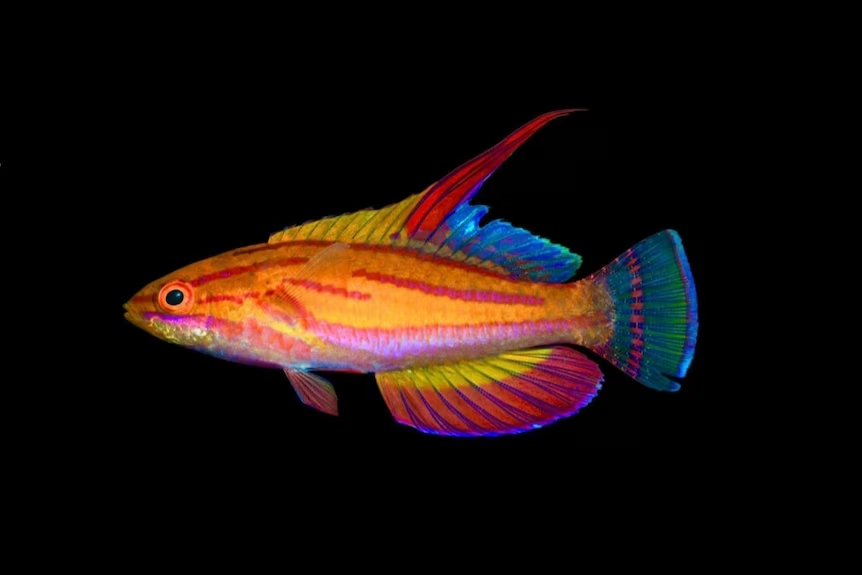 Tea & Walsh | Ichthyology & Herpetology
Tea & Walsh | Ichthyology & Herpetology
Ngoc Linh crocodile newt
How it was discovered
During a recent fieldwork expedition in the central highlands of Vietnam, scientists came across a peculiar newt on the forest floor that bore resemblances to another similar species. But studies of its morphology and mitochondrial DNA would later confirm it to be an entirely new species of its own.
Ngoc Linh crocodile newt (continued)
Facts about the Ngoc Linh crocodile newt
The Ngoc Linh crocodile newt is a small newt measuring around 6 to 7 cm long. It has a unique black and orange coloration, as well as parallel stripes and lines of dots that travel down its back to its tail. It was named after the Ngoc Linh Mountain, which is in the locality where they were found.
 Prof. Dr. Tao Thien Nguyen | Zookeys
Prof. Dr. Tao Thien Nguyen | Zookeys
Antarctic strawberry feather star
How it was discovered
The discovery of this alien-looking deep-sea creature went viral back in July 2023 when it was first announced. Scientists found it during a survey of the southern Antarctic ocean floor at a depth of about 2,000 meters, and it was among other feather stars that bore simliar features.
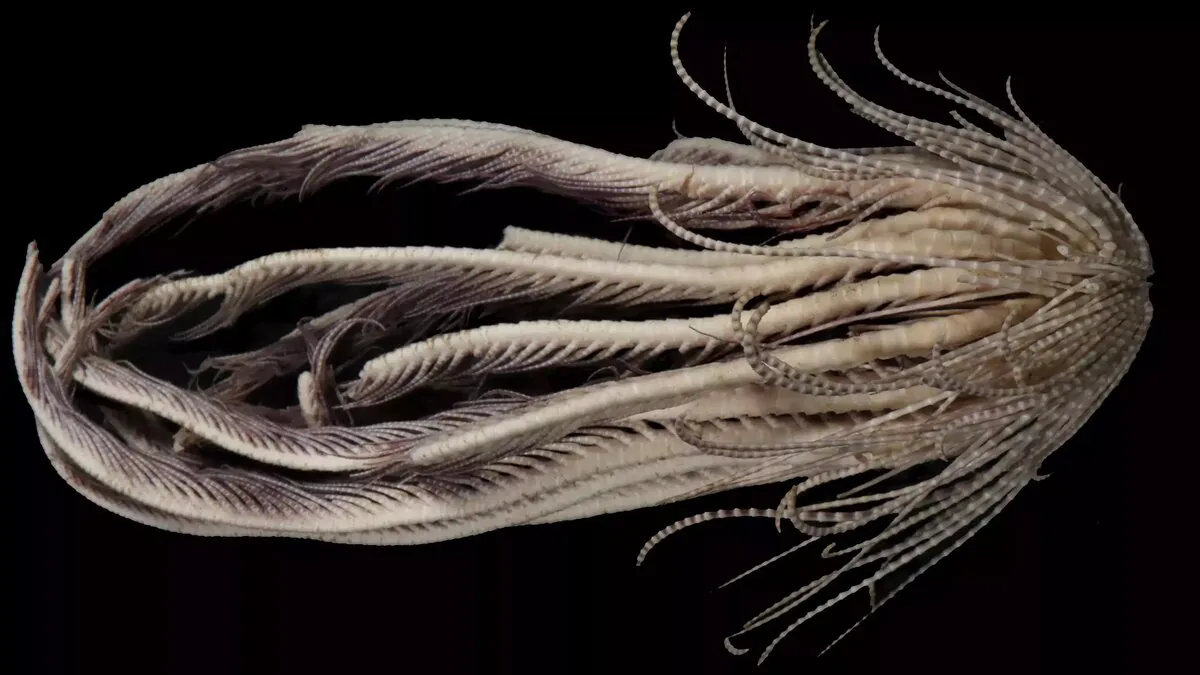 Emily L. McLaughlin, Nerida G. Wilson, Greg W. Rouse (CRSIO) | Invertebrate Systematics
Emily L. McLaughlin, Nerida G. Wilson, Greg W. Rouse (CRSIO) | Invertebrate Systematics
Antarctic strawberry feather star (continued)
Facts about the Antarctic strawberry feather star
The Antarctic strawberry feather star is related to an ancient starfish according to a recent study. It is roughly the size of a strawberry and bears 20 long arms (among other appendages) that it uses to swim, feed, and anchor onto the rocky ocean floor.
 Emily L. McLaughlin, Nerida G. Wilson, Greg W. Rouse (CRSIO) | Invertebrate Systematics
Emily L. McLaughlin, Nerida G. Wilson, Greg W. Rouse (CRSIO) | Invertebrate Systematics
Hayes' thick-thumbed myotis
How it was discovered
Taxonomist Gabor Csorba and conservation biologist Neil Furey is the duo credited with discovering this new bat species. A specimen was collected back in 2000, but it had never been encountered in the wild—until Csorba and Furey managed to catch one in the thick forests of Cambodia.
 Gabor Csorba & Neil Furey | Fauna & Flora
Gabor Csorba & Neil Furey | Fauna & Flora
Hayes' thick-thumbed myotis (continued)
Facts about Hayes' thick-thumbed myotis
The Hayes' thick-thumbed myotis is a member of the mouse-eared bat genus, but it stands out from its counterparts with its distinctive skull shape, light-colored fleshy thumbs, and smooth hind feet soles. It was named in honor of Ben Hayes, the renowned Scottish bat expert and conservationist.
 Gabor Csorba & Neil Furey | Fauna & Flora
Gabor Csorba & Neil Furey | Fauna & Flora
Kenya volcano toad
How it was discovered
The groundbreaking discovery of a previously unknown forest toad species in Mount Kenya was recently unveiled by international researchers. They had been performing meticulous analysis of a lone specimen collected eight years prior, and they confirmed that the creature has origins dating back as far as 20 million years. This prehistoric lineage predates the very formation of Mount Kenya itself.
(Note: Photo depicts an African Tree Toad. Illustration of the Kenyan volcano toad in next slide.)
 Bernard Dupont | Wikimedia Commons
Bernard Dupont | Wikimedia Commons
Kenya volcano toad (continued)
Facts about the Kenya volcano toad
The Kenya volcano toad is small, resembling more of a frog in body structure. It has striking green and brown patterns, enlarged fingertips that hint at potential climbing abilities, and sharp nuptial spines that are believed to be used in mating rituals.
Pygmy squid
How it was discovered
Scientists exploring Okinawa's diverse seagrass beds and coral reefs uncovered two previously unknown nocturnal pygmy squid species. These elusive creatures were seen swimming through the green "underwater forests" in the shallow subtropical waters surrounding Japan's Ryukyu Islands.
Pygmy squid (continued)
Facts about the pygmy squid
The two pygmy squids were each named after mythical Japanese creatures. Hannan's pygmy squid (or Kodama jujutsu) takes the first part of its name from the tree-dwelling forest spirits in Japanese folklore and the second part of its name from its jujutsu-like methods of capturing prey. The Ryukyu pygmy squid (or Idiosepius kijimuna) is named after the kijimuna, the forest fairies of Okinawa, and they spend most of the time attached to their underwater forest habitat.
Chaunax
How it was discovered
The new species of chaunax was discovered during a deep-sea expedition off the coast of Chile. It was seen at a depth of about 1,400 meters on a seamount in Nazca-Desventuradas Marin Park, along with 100 never-before-seen species.
Chaunax (continued)
Facts about the chaunax
Like other coffinfishes in the sea toad family, this chaunax is also a bony fish with a bright red color—however, its thinly-spiked exterior and unusual position for its gill openings distinguishes it from the rest.
Giant crab spider
How it was discovered
The discovery of the giant crab spider was incidental. During a field trip to the Tiputini Biodiversity Station in Ecuador, scientists came across a unique spider with an orange-haired body and black-haired legs. After further investigation, they determined that it was a new species and called it a giant crab spider due to its likeness to a crab.
 Diego F. Cisneros-Heredia, Pedro Penaherrera-R. | Ecology and Evolution (CC BY 4.0)
Diego F. Cisneros-Heredia, Pedro Penaherrera-R. | Ecology and Evolution (CC BY 4.0)
Giant crab spider (continued)
Facts about the giant crab spider
The giant crab spider belongs to the spider family Saparassidae, which is the same family that hunstman spiders belong to. Observations revealed that the giant crab spider is a nocturnal species that hunts insects in plants that are typically three to seven feet tall. Unlike other spiders, they do not use webs to catch their prey.
Ouboter's smooth skink
How it was discovered
Researchers visiting a nature reserve in Vietnam's Hoa Binh Province came across several striped skinks that were not previously documented. They were seen in a rocky karst forest during the evening, among the limestone, trees, shrubs, and vines.
Ouboter's smooth skink (continued)
Facts about Ouboter's smooth skink
According to the study, Ouboter's smooth skinks are categorized as "medium" in size, typically reaching approximately 4.8 inches in length. These skinks possess a scale resembling an "opaque window" on their lower eyelids.
 J.D. Wilson | University of Georgia
J.D. Wilson | University of Georgia
Emperor dumbo octopus
How it was discovered
During an expedition of the Aleutian Islands in the Bering Sea aboard the German research ship R/V Sonne in 2016, researchers inadvertently brought to the surface a newl type of Dumbo octopus, affectionately dubbed "Emperor Dumbo." It wasn't until 2021 that researches officially declared it a new species.
Emperor dumbo octopus (continued)
Facts about the Emperor dumbo octopus
Currently, there remains a dearth of information about the Emperor Dumbo. However, like their counterparts, Dumbo octopuses reside on the ocean floor, reaching depths of up to 7,000 meters. They sustain themselves by capturing worms and amphipods with their tentacle webbing, acting as an umbrella to ensnare prey.






